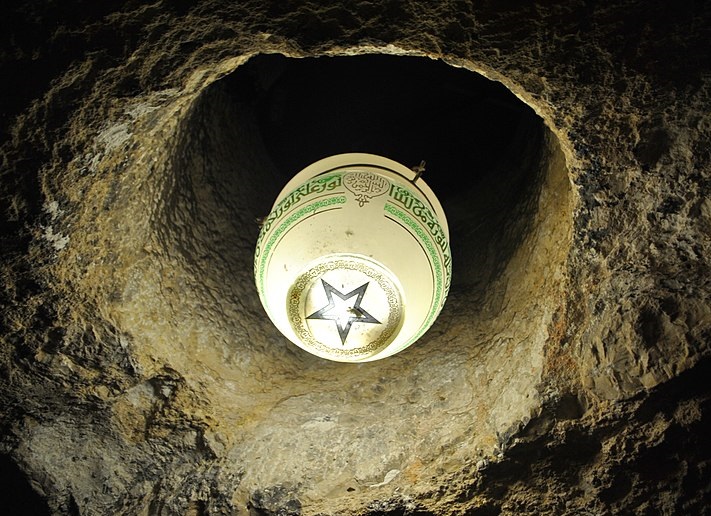You could be doing so many other things, but you’ve decided to be here.
Reading this.
You could stop now.
This would segue nicely into this book - that if you haven’t read it by now, your parents simply didn’t love you.
You could come back to another post later.
It’s not too late.
You probably won’t like this.
Very much like we don’t have earlids, what is seen cannot be unseen, you know.
Fine.
You’ve been warned.
So there was this Jew.
He was doomed to be executed by the state.
His last meal, unlike…
or
…was a Pesach Seder (Passover Supper).
There are conflicting reports and opinions about the dinner - and none as afflicting as mine - but they all seem to agree that He suggests that the food and drink (bread with oil, and wine) are by whatever means His “flesh” and “blood”.
That’s weird.
I mean… that’s deeply unsettlingly weird.
Whether this is Jesus or not… whether or not the substances are literal or figurative… what is being discussed and perhaps performed is some form of cannibalism.
I’m not judging, I’m just saying…
Since then, bajillions of people have shared the experience in varieties of ways, literally “communing” it in “Communion”. Ew.
You could stop now.
You could get a bit mad at me for being icky, and a bit mad at yourself for not heeding my warnings.
You could go to www.thingsmygirlfriendandIhavearguedabout.com, where the content is decidedly more funny and beguiling than this.
.
.
.
.
.
.
.
.
.
.
.
…but you didn’t.
So, there’s this Jew, and death, and dinner and things.
In the few days prior to the paschal feast, He is anointed as for burial by Mary.
The oil that he was bathed with was extremely expensive.
It contained olive oil and myrrh (μύρου/myrou).
In many ancient cultures, people bathed and were bathed with oil.
Often the oil was perfumed with expensive tinctures.
Common oil wouldn’t have been wasted, much less uncommon and special oil.
In Egypt, where the people who would become Israel gained many cultural characteristics, myrrh oil was routinely and almost exclusively used in the preparation of bodies for burial.
There was this contraption…
…like the love child of a butter knife and a paint roller…
…called a “strigil”.
The strigil was used to scrape the oil off of skin after bathing.
With the oil, dead skin cells were removed along with dirt and dried hummus and whatever.
It’s too late, now.
I told you so.
So… when Jesus said of the bread and oil: “…this is my body…”, it is the most reasonable conclusion that what he actually meant was “…this oil that you are to dip the bread into contains dust-like particles from my body…”.
Jesus - a priest to the age after the Order of Melchi Zedek - was an old-fashioned guy:
“Among the Hebrews and Arabs, and indeed among many other peoples both ancient and modern, the laceration of the flesh in mourning is associated with the practice of shaving the head or cutting off part of the hair and act of communion consoles the survivors; but in the oldest times the consolation has a physical basis; thus the Arabian solwan or draught that makes the mourner forget his grief, consists of water with which is mingled dust from the grave, a form of communion precisely similar in principle to the Australian usage of eating a small piece of the corpse. There is a tendency at present, in one school of anthropologists, to explain all death customs as due to fear of ghosts. But among the Semites, at any rate, almost all death customs, from the kissing of the corpse onwards, are dictated by an affection that endures beyond the grave.”
- The Religion Of The Semites, William Robert Smith
Here we are.
There was the old you, that hadn’t really considered the wafer or bread cube or whatever… and now… you can’t unknow that you are at least mimicking an ancient cannibalistic ritual during Communion.

